Wyndham is the oldest and northernmost town in the
Kimberley region of Western Australia, located on the Great Northern Highway, 2,210 kilometres Northeast of
Perth. It was established in 1886 as a result of a gold rush at
Halls Creek, and it is now a port and service centre for the east
Kimberley with a
population of 800.
Wyndham is split into two areas. The original town site of
Wyndham Port is situated on Cambridge Gulf, while
Wyndham's Three Mile area is the residential and shopping area of the town.
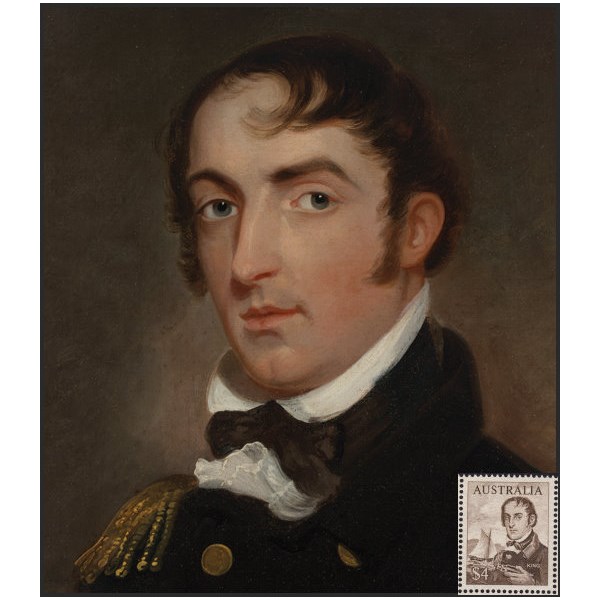
Portrait of Phillip Parker King
The first European to visit the area was Phillip Parker King in 1819. He was instructed to find a river 'likely to lead to an interior navigation into the great continent'. He sailed into Cambridge Gulf, which he named after the Duke of Cambridge, and then sailed up a river which was subsequently named after him. Finding no fresh water on the mudflats, he departed.
The town of
Wyndham was established by
John Forrest in 1886 as the major port and trading station of the East
Kimberley, after finds of gold in
Halls Creek a year earlier. By mid-1886, the town was booming. There were six pubs, one of which was a two-storey building. Ships brought in at least five thousand miners who headed off to the
Halls Creek goldfields. It is known that during this boom there were times when up to 16 vessels were moored in Cambridge Gulf.
However, by 1888, the gold rush at
Halls Creek had ended and the fortunes of
Wyndham declined.
Wyndham became a tiny settlement serving the pastoral interests in the East
Kimberley. By 1912, money had virtually disappeared from the
Wyndham economy, and purchases were paid for using promissory notes known as "shinplasters".
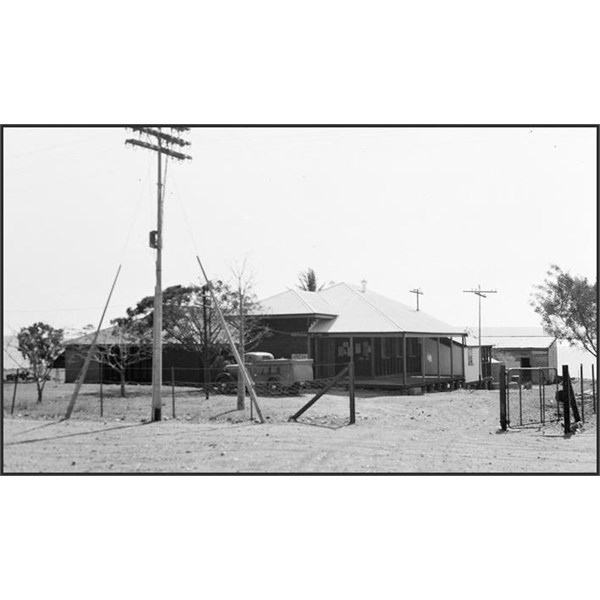
Wyndham Post Office 1938
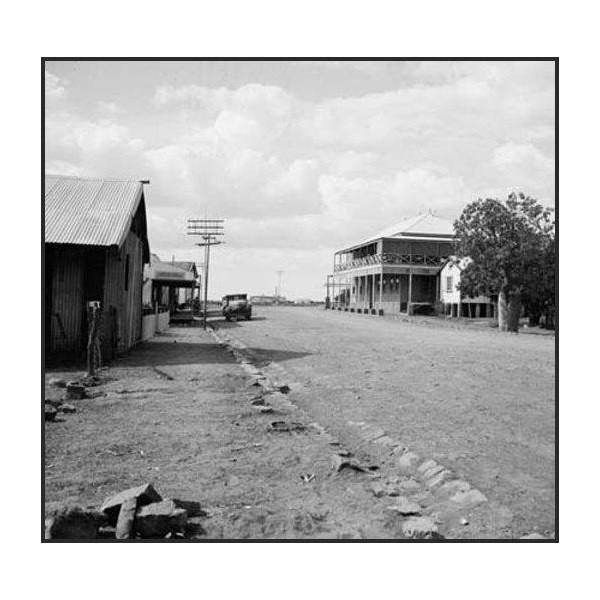
The main street of Wyndham, 1954
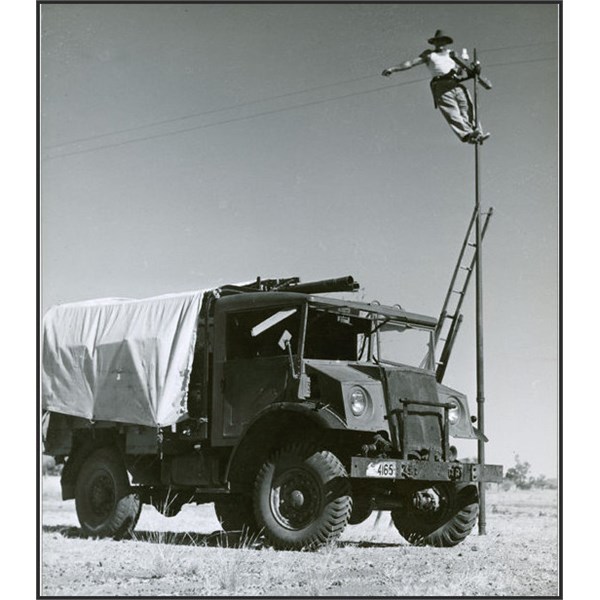
Linesman Albert Shorter at work on telegraph line Halls Creek to Wyndham 1948
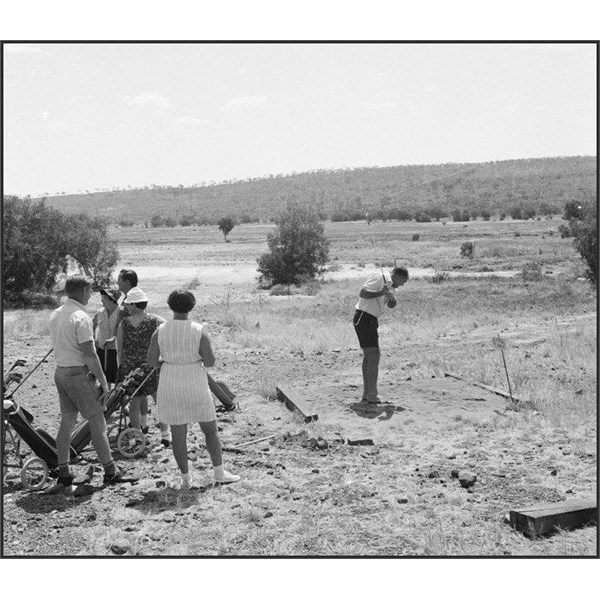
Wyndham Golf Course 1970
During World War II, the town was attacked several times by Japanese aircraft
Wyndham's significance as a service centre was crucial for the construction of the
Ord River Diversion Dam and the town of
Kununurra in the early 1960s. With the rise of
Kununurra as a larger
population centre the significance of
Wyndham as a service centre had diminished by the 1980s.
Wyndham has regained significance as the port for the region with new mines shipping ore from the port.
In 1913, the Western Australian government started to construct the
Wyndham Meatworks to restart the town's economy. The construction efforts were interrupted by the Nevanas affair and World War I, but the meatworks were completed in 1919 to a design by William Hardwick who later became the Principal Architect of Western Australia. The meatworks were the mainstay of the town's economy until their closure in 1985; the town also supported the Air Beef Scheme which ran from 1947 to 1965
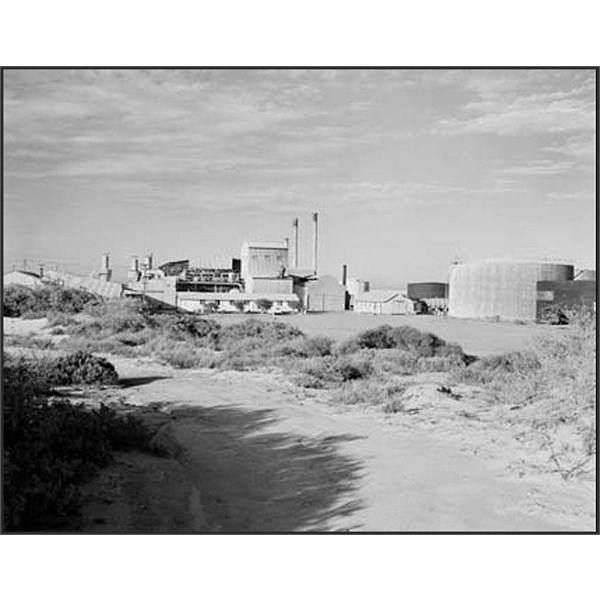
Meatworks at Wyndham, 1964
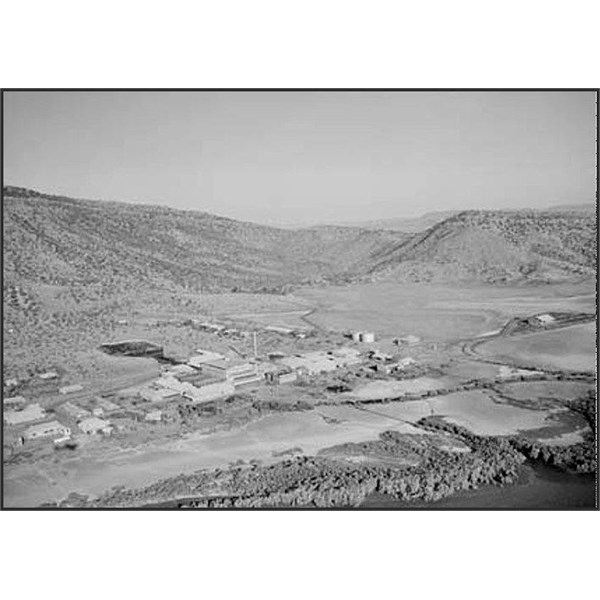
Aerial view of Wyndham and the meatworks
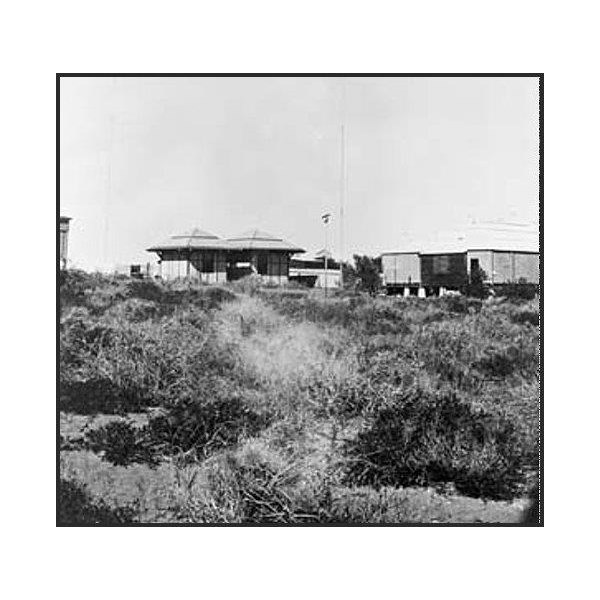
Royal flying doctor service - Wyndham wireless station and doctor's residence 1946
From 1919 to about 1965, the open air cinema, holding 3-400 patrons, was located between the marsh and the railway line, and on the north side of the laneway and the company store. The cinema ran at right angles to and on the south side of the amenities hall, with its entrance facing the railway line. The bio-box was above
the entrance, in the corner next to the hall (allowing screening into the hall?). Around 1965 these premises were replaced. Both the hall and gardens now ran parallel to the railway line, with the picture gardens on the marsh side and the hall on the railway line side. Both entrances were on the south, facing onto the laneway (which ran at right angles to the railway line), and opposite new amenities buildings (including a new, smaller canteen). The stage was at the north end of the hall and the screen was at the north end of the cinema. The front fence of the cinema was high galvanised iron, and the other sides were metal frames with solid panels at the base and wire mesh above. None of the original buildings now exist: the sugar storage shed is now built roughly on this site.
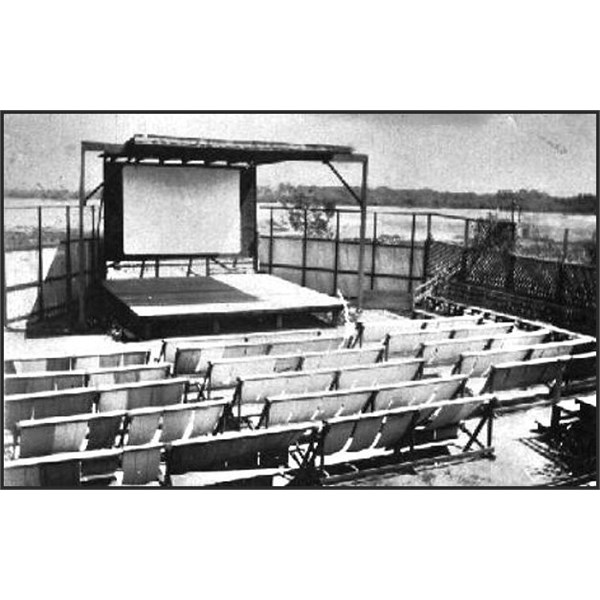
Wyndham Picture Theatre
Screenings were twice a week - Wednesday and Saturday, unless it rained: because the films were retained for several weeks, a screening could be postponed if it was rained out. Adult whites paid a small amount for entry and sat on canvas deckchairs: Aborigines and children did not pay, the Aborigines entering through a side
gate beside the amenities hall to sit on blankets in front of the deckchairs, the children to sit even closer to the screen. Any profit made by the venue was put back into amenities for the meatworks employees. There was a stage in front of the screen, probably used for local performances or parties.
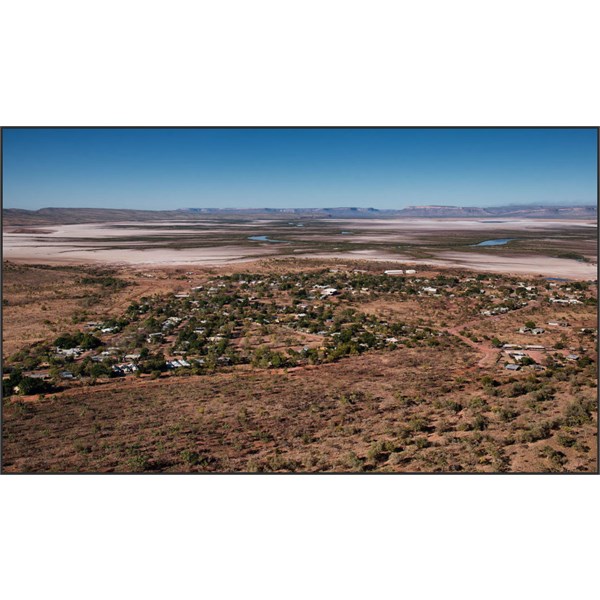
Wyndham, looking towards the south with the King River and Cockburn Ranges in the distance.